At-home air filters are a critical component of any HVAC system – it helps keep your home’s air clean and free from pollutants. But with so many different types of HVAC return air filters available today, it can be challenging to know which ones are right for your needs.
In this guide, we’ll look at return air vent filters, including what they are, how they work, and the various factors you should consider when choosing one. We’ll also provide tips on maintaining your return air filter so that you can enjoy better performance and optimal indoor air quality.
So whether you’re looking for a new return air filter or just want to learn more about this essential component of an HVAC system, read on for everything you need to know.
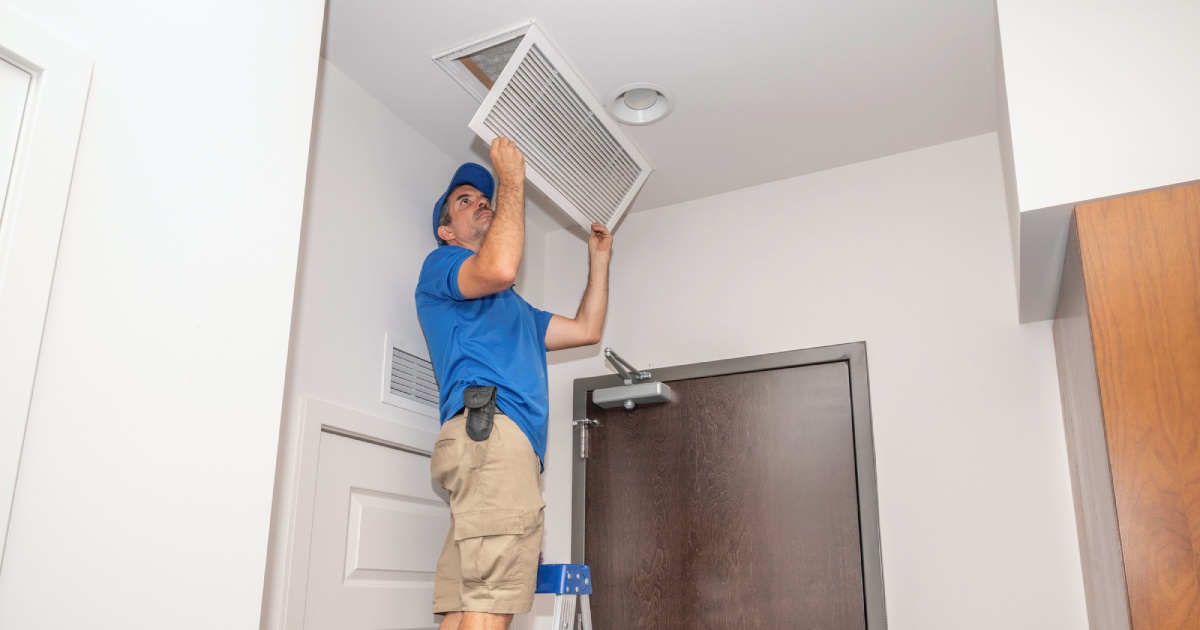
What Is a Return Air Vent For?
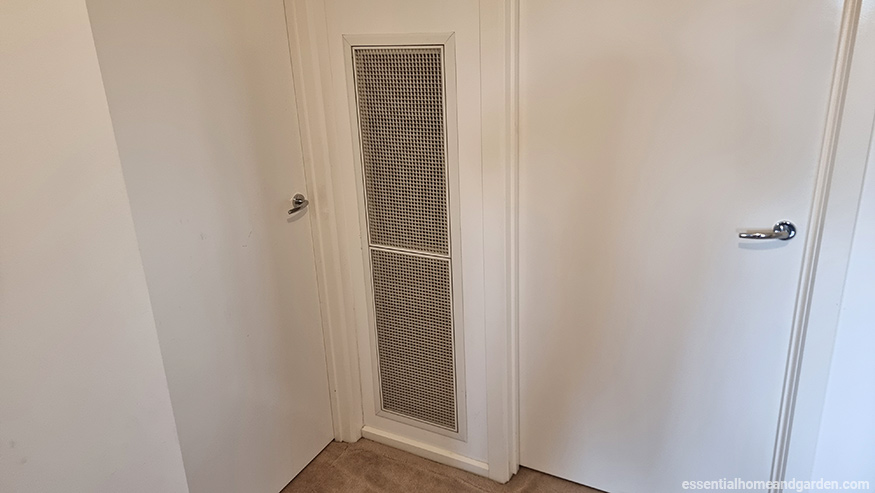
An HVAC return air vent helps improve the air quality in your home by filtering out particulates and other contaminants.
Return vents are typically located near the floor or at the base of walls. They work by drawing in air from the room and passing it through a filter before sending it back into the room via the supply vents.
There are a variety of return air vents on the market, and each type has its own benefits and drawbacks. They also come in a variety of sizes, based appropriately on the square footage of your home. Additionally, some return air vents use filters that remove dust and particulates from the air before they reach your HVAC system.
What Are Return Air Filters?
Return air filters are made up of a frame and filter media. The frame is typically made of cardboard or plastic, while the filter media can be paper, fiberglass, or synthetic materials. Return air filters are installed in the return air ductwork of your HVAC system and work to trap airborne contaminants before they can enter your home’s living space.
Related Article: How to calculate the correct return air duct size.
Do I Need Filters In My Return Vents?
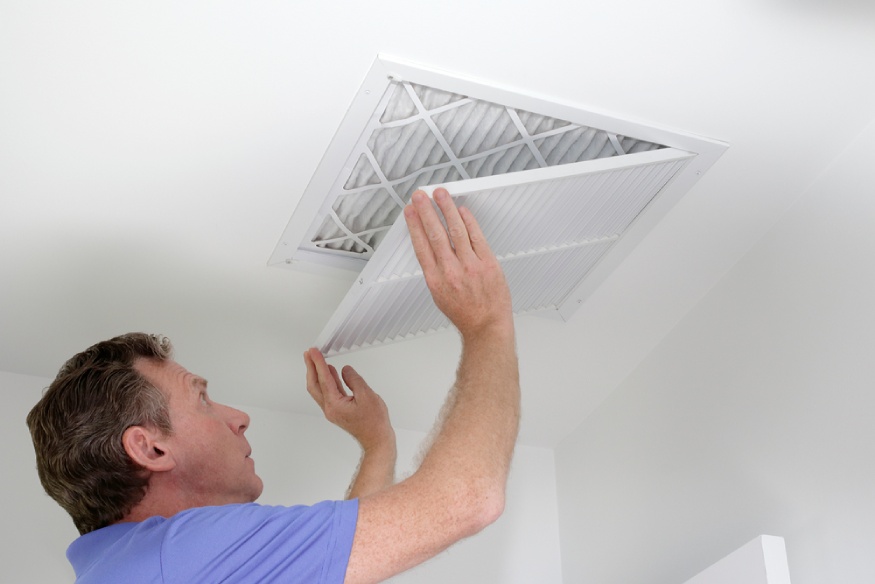
Whether or not your return air vents need filters depends on several factors. If your HVAC system has an existing filter, you don’t need a return vent filter, but you can add them if you like.
For example, if you are concerned about allergens, it may be a good idea to invest in return air filters to keep particulates out of your indoor air.
Note: If you already have filters installed in your return air vents and want to optimize their performance, there are several steps you can take. You can invest in higher quality filters with better filtration capabilities, change out your return air vent filter more frequently, or clean the return air vent regularly to prevent dust buildup and improve airflow.
Still not sure if you need a return vent filter? Talking to a professional can help – you can get a free quote from local contractor here.
Benefits of Return Vent Filters
There are several benefits of return vent filters, including:
- Improved indoor air quality (IAQ)
- Enhanced HVAC system performance
- Reduced energy costs
- More consistent indoor temperatures
- Reduced energy costs
- Lower frequency of HVAC maintenance and repairs
- Increased lifespan of your HVAC unit’s filter (if it has one)
In addition to these benefits, return vents with filters can help prevent dust buildup and reduce the risk of airborne illnesses, particularly for allergy sufferers or anyone with existing respiratory issues.
With the right return vent filter installed, you can rest assured that you and your loved ones are breathing clean, fresh air all year round.
HVAC Units That Already Have Filters
If your HVAC unit already has a filter, you may be wondering if return vents are still necessary. The answer is no. But, they are still great to use for the various reasons we mentioned above.
While the filter on your HVAC unit catches many particulates that circulate through your home, return vents with filters can help remove even more contaminants from the air. This combination provides enhanced protection against airborne illnesses and allergies and improved indoor air quality (IAQ) overall.
No Filter at HVAC Unit
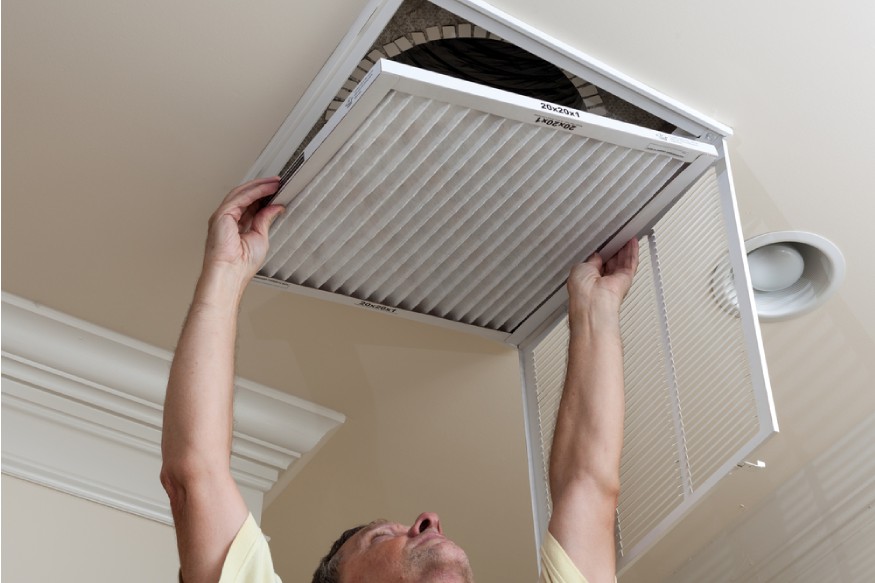
If your HVAC unit does not have an air filter, you 100% need to use return air vent filters. Without a filter, your return air vents can become clogged over time, causing dust buildup and reduced airflow.
If your HVAC unit sucks in unfiltered air, dust, dirt, pet hair, and other particulates will freely build up inside it. This will eventually break major AC unit components, heat pumps, or furnaces. It may take a few months, but critical components will either get jammed, overheat, or freeze.
To avoid costly repairs to your HVAC unit, always use an air filter.
Additionally, without return vent filters in place, you run the risk of airborne contaminants and allergens circulating freely throughout your home, potentially aggravating allergies or triggering asthma attacks.
When you Should NOT Use a Return Air Vent Filter
There is no harm in using return air vent filters in most cases. But there are some exceptions when you should NOT use return air vents, including:
- If you have a very small or poorly ventilated space, return air vents with filters may create airflow issues and reduce the effectiveness of your HVAC system. In these cases, it may be better to forego return vent filters in favor of other ventilation solutions that are more appropriate for your home’s needs—for example, UV air purifiers.
- If you live in a very humid climate, return air vents can trap moisture, leading to mold growth and increasing the risk of indoor allergies and illnesses. As such, most HVAC pros recommend avoiding return air vents with filters in extremely humid climates.
- Finally, you should not use return air vent filters if you have a central vacuum system, as they can cause the vacuum to overwork and may shorten its lifespan.
What Type of Return Vent Filter Do I Need?
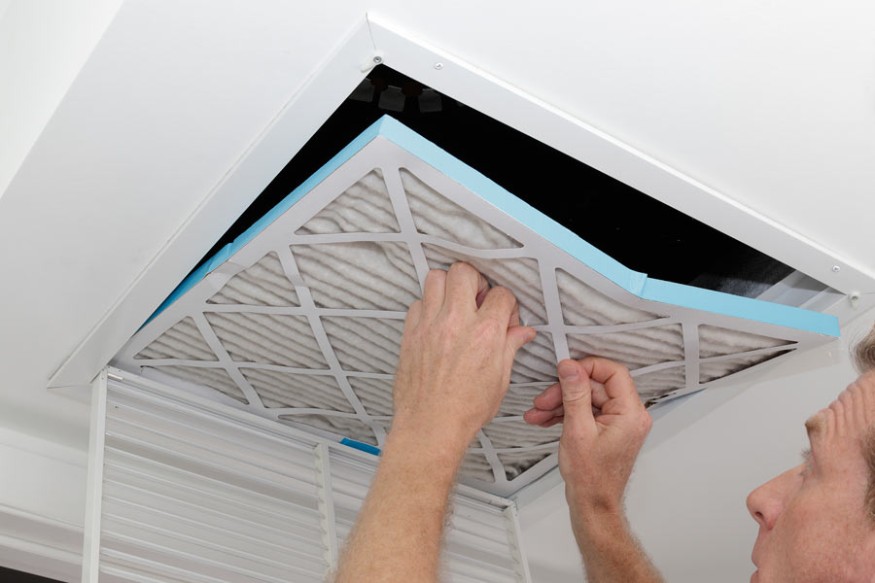
The type of return vent filter you need will depend on factors like the size of your home, the climate you live in, your budget, and your indoor air quality goals. Many different return air filter options are available, each designed to meet specific needs.
And now that we’ve covered the basics of return air vent filters, let’s look at the different types of return air vent filters available on the market. The most common types of return air vent filters include:
Pleated Air Filters
Pleated air filters are one of the most popular return air filter options. They use pleated fabric to effectively trap everything from dust and pollen to mold spores and pet dander. This type of return vent filter is also affordable and available in various sizes and last between 30 to 90 days.
Activated Carbon Filters
Activated carbon filters are another popular return air filter option. These filters are made of activated charcoal that has been treated with oxygen to create tiny pores that can trap contaminants as they pass through.
Activated carbon filters effectively remove a wide range of airborne contaminants, including odors, smoke, and chemicals. They are also quite affordable and easy to find.
HEPA Filters
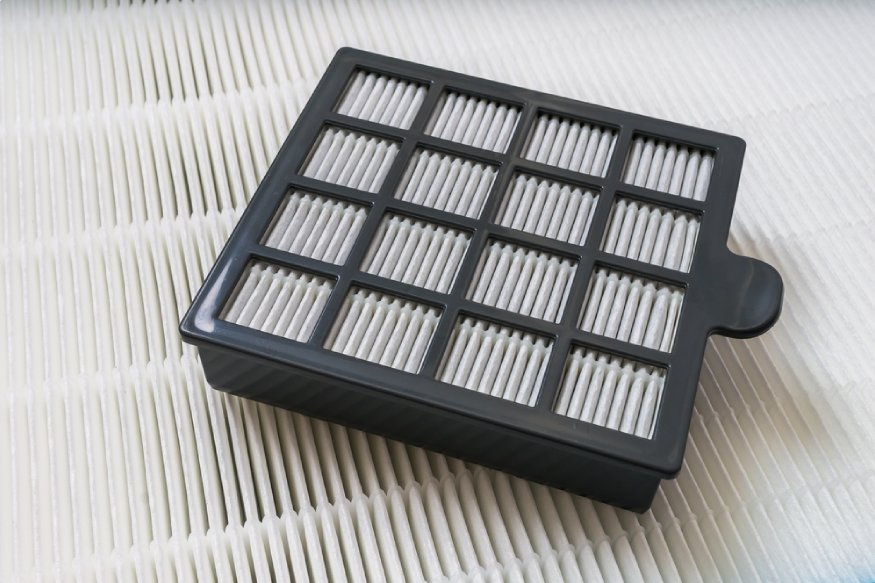
HEPA filters are a type of return air filter designed to trap tiny particulates. HEPA stands for “high-efficiency particulate air.” These filters must meet strict standards set by the U.S. Department of Energy to be effective.
HEPA filters are some of the most effective return air filters on the market. They can trap everything from dust and pollen to mold spores and bacteria. However, they are also more expensive than other return air filter options, so they may not be a good choice for budget-conscious shoppers.
Fiberglass Filters
Fiberglass filters are a type of return air filter made of woven fiberglass and have four or lower MERV ratings. You usually need to replace them every month. These filters trap large particulates as they pass through, effectively removing things like dust and pollen from the air.
However, they are not as effective at removing smaller particulates like mold spores and bacteria, so they may not be the best choice for people with allergies or asthma.
Electrostatic Filters
Electrostatically charged return air filters are another popular option. These filters trap airborne particulates using static electricity. They are either permanent or disposable, depending on which one you buy. “Permanent” ones are washable and can last up to eight years.
How To Clean a Return Air Vent Filter
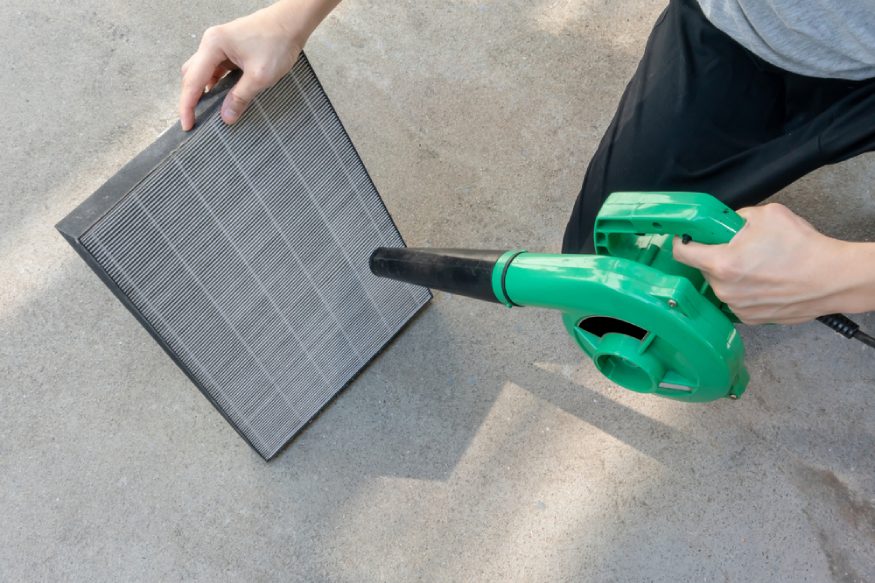
Once you’ve selected the return air filter that is right for your home, it’s important to know how to clean and maintain it properly. If you have a disposable air filter, throw it away when it is dirty and replace it with a new one. You should never attempt to clean and reuse a disposable filter. They will fall apart and won’t filter properly.
On the other hand, you can clean permanent return air vent filters, and there are a few different ways to clean them. It depends on the type of filter you have. Some common cleaning methods include vacuuming, washing with warm water and soap, or replacing with a new filter.
No matter which method you choose, keeping your return air vent filter clean is an integral part of maintaining indoor air quality in your home.
Return Air Vent Filter FAQ
Here are the top questions we get concerning return air vent filters.
Do I need both a furnace filter and a return air grill filter?
You don’t need both, but having both doesn’t hurt. In most cases, it improves your home’s indoor air quality and makes your HVAC run more efficiently.
If your furnace does not have a filter, you definitely need a return air vent filter.
How is a Supply Vent Filter Different From a Return Vent Filter?
Supply vents force air into your home while return vents pull air back into the furnace to be reheated. Supply vents are typically located near the floor (except in basements), and return vents are usually on or near the ceiling.
Which Vent Is the Return Vent?
Return vents are always larger and are located near the ceiling or on it. Supply vents are almost always on the floor and are smaller. You can tell the difference by holding a piece of tissue or paper outside the vent when your HVAC system is running.
If the air is blowing out of the vent, it’s the supply. If it is sucking air in, it is the return air vent. Here’s more information on determining the airflow direction in your HVAC system.
Can I Block the Return Vent?
No, you should never block the return air vent. If you do, it can cause several problems, including making your furnace overheat, damaging the furnace, and making your home’s indoor air quality worse. Low airflow is never good for your HVAC system.
How many return vents do I need?
This depends on the size of your home. In general, you should have one return vent for every 1,500 square feet. For larger homes with more than 4,000 square feet, you may need up to three return vents. But how many you need depends on your floorplan too.
For example, I live in a 2,200-square-foot 2-story home with a basement. It has three return air vents—one on the main floor, one upstairs, and one in the basement.
Conclusion
Return air vents play an essential role in your home’s HVAC system. They help remove contaminants from the air and make your furnace run more efficiently.
There are a few different types of return air filters, including fiberglass, pleated, HEPA, and electrostatic filters. How often you need to clean or replace your return air filter depends on the type of filter you have.
Make sure to keep your return air vent filter clean (or replace it if it is disposable) to improve indoor air quality in your home.
If you still arent sure if you have or need return vent filters, then we suggest calling an HVAC professional.